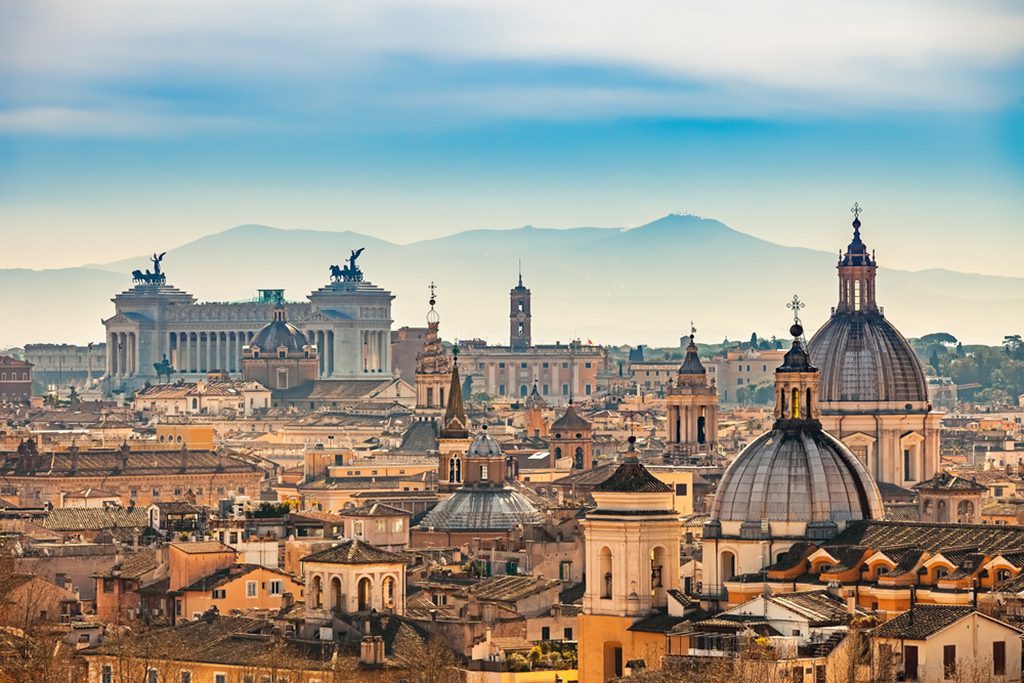Historically, the “Grand Tour” of Europe was a multi-year endeavor for many Americans. They were on to something there. To see and do all that Europe has to offer, you need a long vacation. Most of us can only afford a few weeks of vacation every year, so we have to be selective about where we go and what we see.
The vast number of must-see destinations in Europe can be whittled down by selecting just those in a certain area or that cater to a particular interest. Since we can now reach Europe in a matter of hours instead of the weeks it took our ancestors, we can easily return to see the continent’s many attractions again and again.
25. Vienna
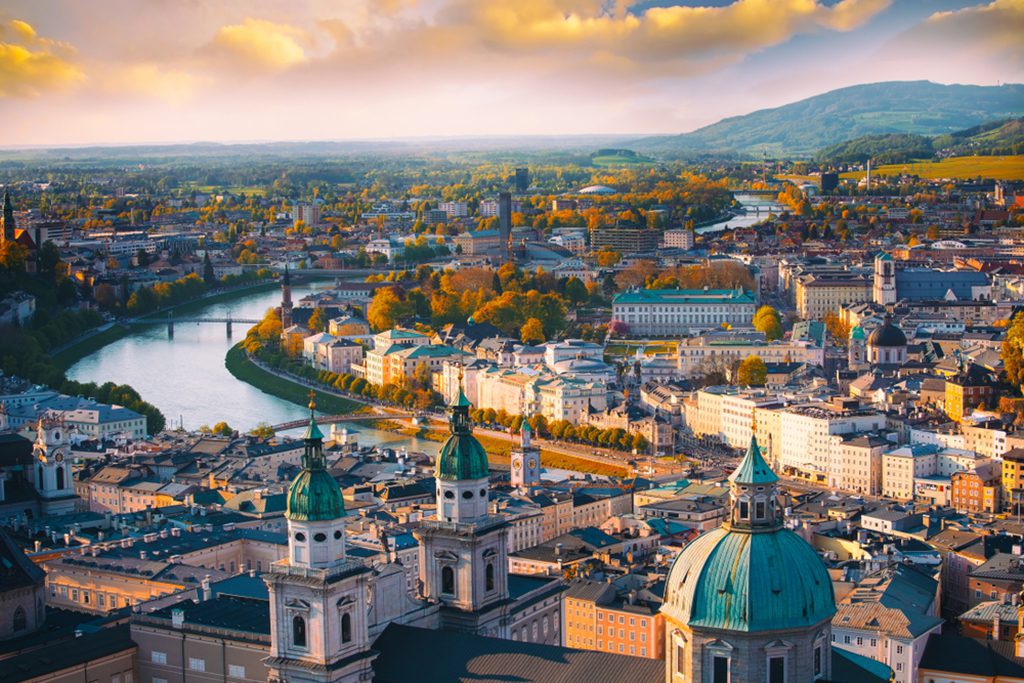
When it comes to Austrian cities, Vienna has the strongest enchantment. You can almost see elegant ladies in ball gowns twirling to Strauss waltzes when you think of this metropolis. In this city, white Lippizaner horses do a graceful dance in a ring. It’s the kind of establishment where you’ll forget about your diet in favor of a chocolate sachertorte.
Take in the sights of the historic district of the Old Town, the Baroque Schönbrunn Palace, the Gothic St. Stephen’s Cathedral, the Imperial Palace of Holburg, and the world-renowned Vienna Boys Choir.
24. Stonehenge
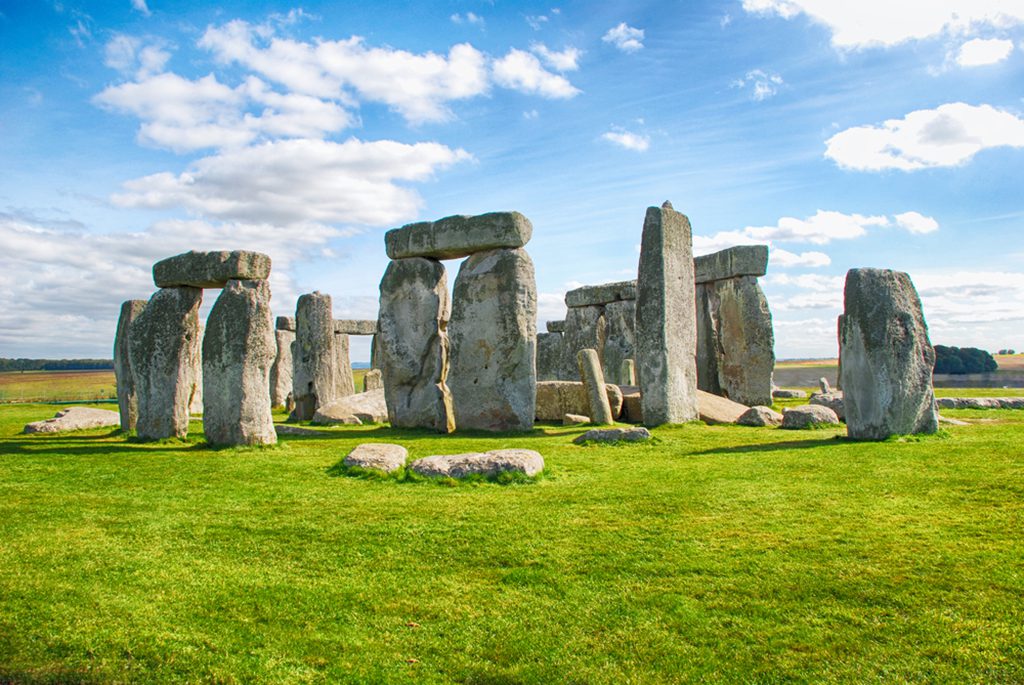
When you gaze at Stonehenge, you can’t help but be impressed by the dedication of prehistoric humans. Around 3000 B.C., construction began in what had previously been burial sites. A few hundred years later, enormous monoliths weighing 25 tons were hauled 240 kilometers (150 miles) to the site.
It is unclear how many massive rocks were relocated to a field close to Amesbury, but presently there are at least 13. Many people equate Stonehenge, a famous monument in the United Kingdom, with ancient astrology; however, no one knows for sure why it was created.
23. Matterhorn
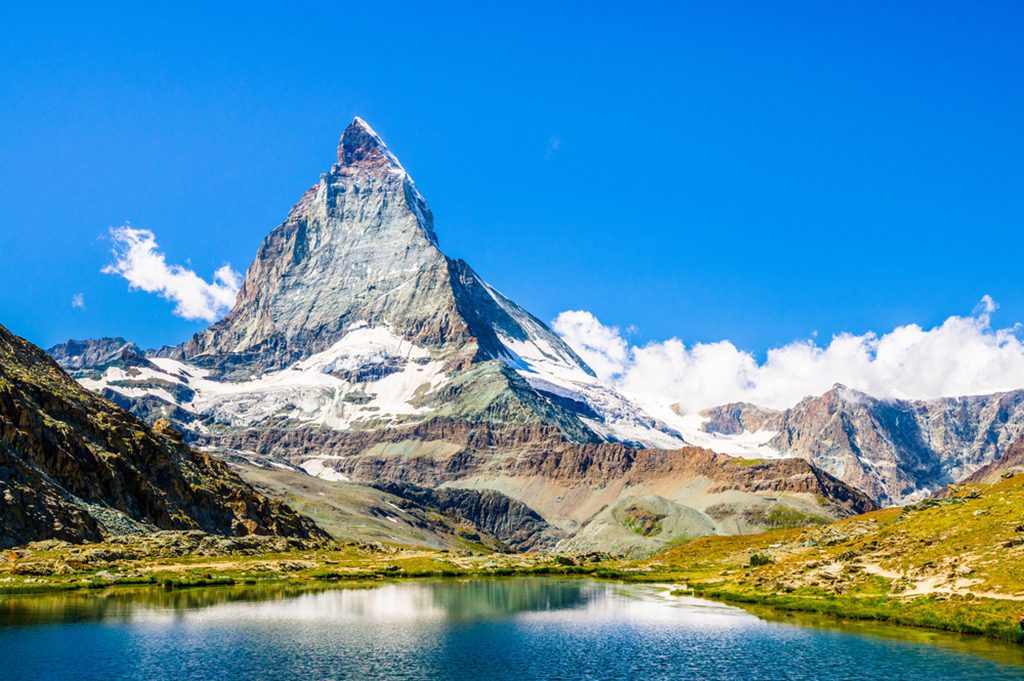
While Egypt is famous for its pyramids, both Italy and Switzerland can boast their own natural pyramid in the form of the Matterhorn. This well-known mountain is one of Europe’s tallest at 4,478 meters (14,692 ft). Each of the mountain’s four sides is just as rocky as the others.
Since the first ascent in 1865, this iconic peak has attracted climbers from all over the world; during the summer, 150 people a day attempt to reach the summit. Some people can become content to watch the mountains play hide-and-seek with the clouds from the comfort of their couches.
22. Plitvice Lakes

Authorities recognized the beauty of the Plitvice Lakes and decided to preserve them as a national park. The Plitvice Lakes, a group of 16 lakes in central Croatia, are a popular tourist destination. Waterfalls cascade from one lake to the next, while the lakes themselves are encircled by verdant forests.
Due to the height difference, the lakes can be roughly separated into two sections: lower and higher. Walking around the lakes is the best way to take in the scenery, and you could see some animals along the way.
21. Budapest
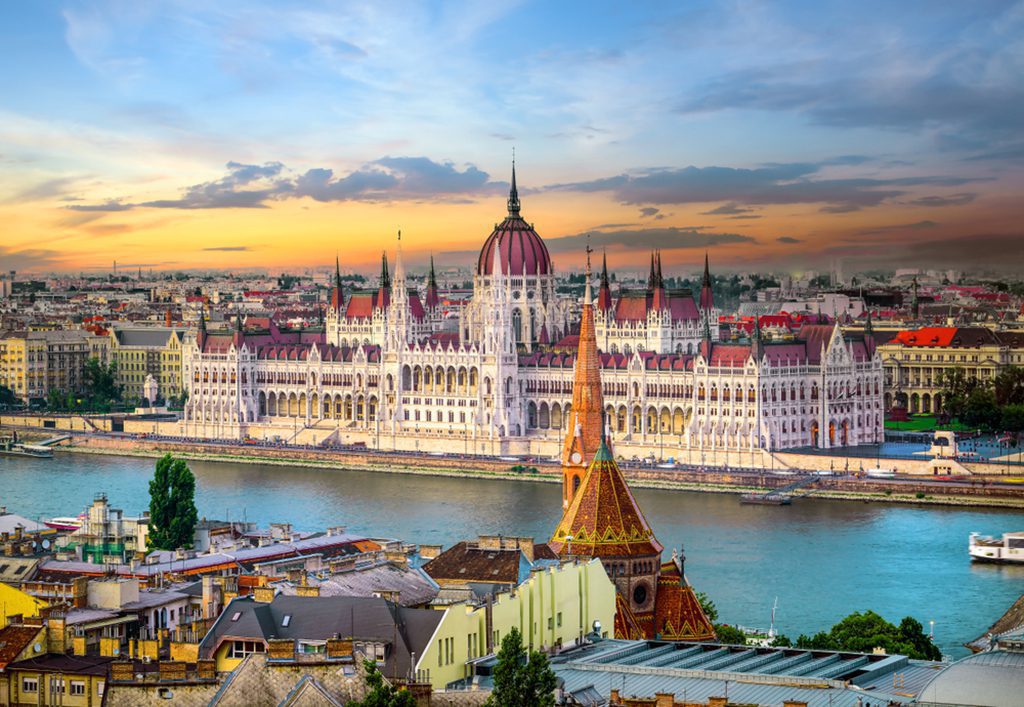
When the Hungarians arrived in the ninth century, Budapest was a well-established city. Budapest is the biggest city and current capital of Hungary. Many different empires, including the Mongols and the Ottomans, had sway over Budapest throughout that time.
Budapest, one of Europe’s loveliest cities, is also home to a world-class art museum housing more than 100,000 paintings. The Old Town is right in the middle of everything, and it’s filled with museums, churches, palaces, and even the Parliament building.
20. Lisbon
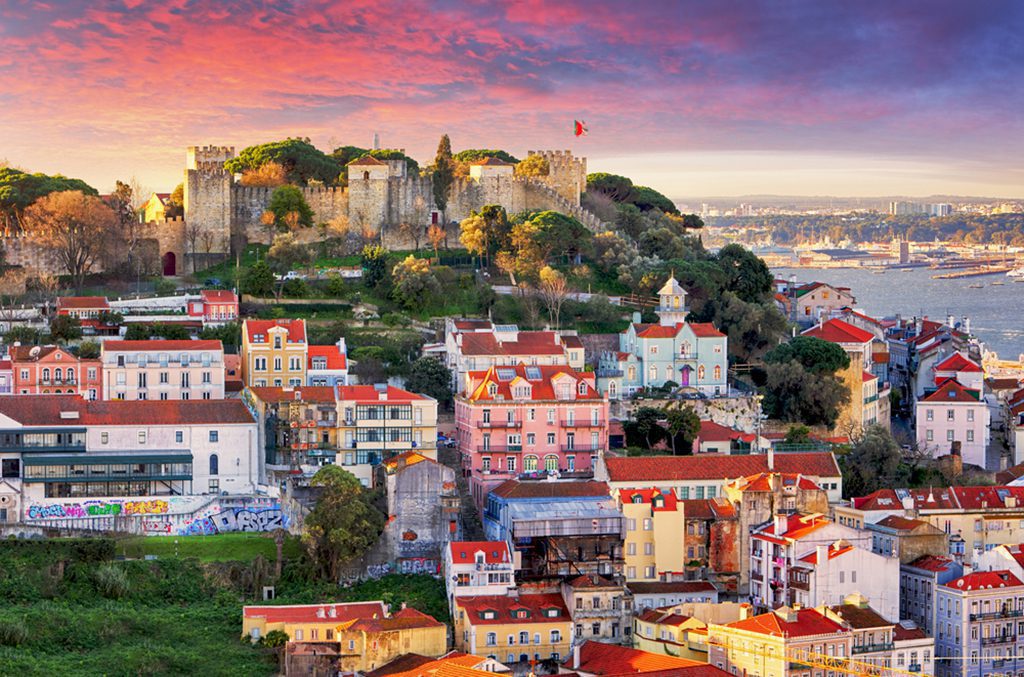
The Belem Tower, a fortress built in the 16th century on the north bank of the Tagus, is one of the attractions you shouldn’t miss. Sao Jorge Castle, constructed by the Moors on a hill, provides excellent views of the city below.
Lisbon, the capital of Portugal, is located on the Tagus River, which runs parallel to the Atlantic coast. Because of its convenient position, explorers in the 15th, 16th, and 17th centuries were inspired to undertake circumnavigational voyages.
19. Gullfoss
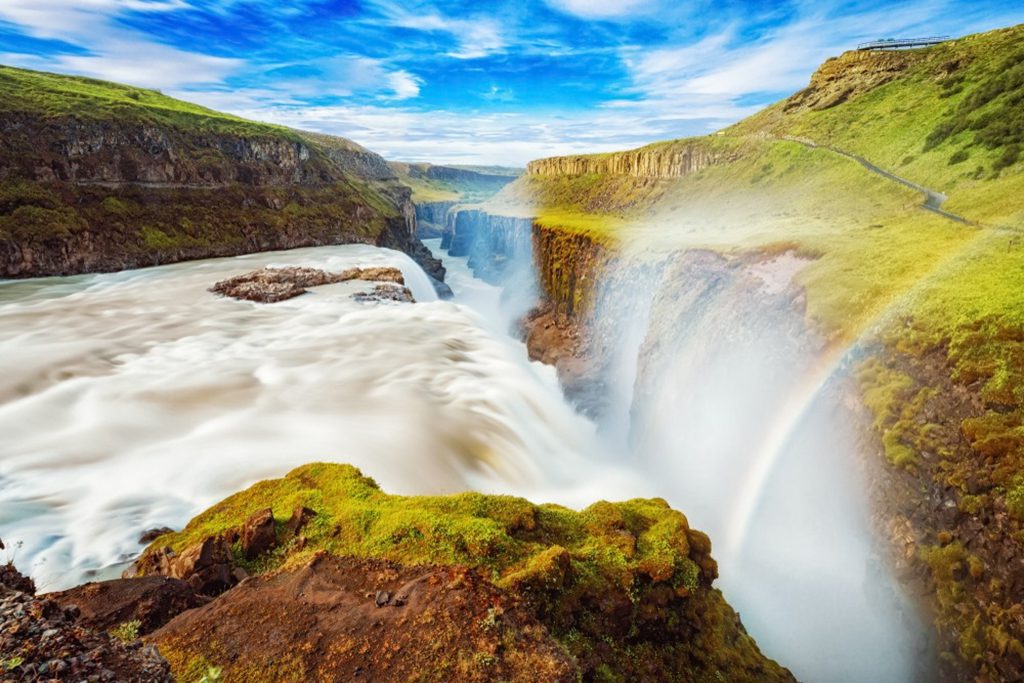
Most of the people you know have probably never been to Iceland. However, the breathtaking Gullfoss Waterfalls are well worth the hike. One of Iceland’s most popular destinations, Gullfoss, is situated in the country’s extreme southern region.
Sometimes it takes on the appearance of a glacier, which is fitting given that a glacier is the source of its water. The waterfalls begin just after the Ölfusá river takes a 90 degree bend, and then they tumble down a three-step stairway into a canyon that is 35 meters (115 feet) deep.
18. Athens
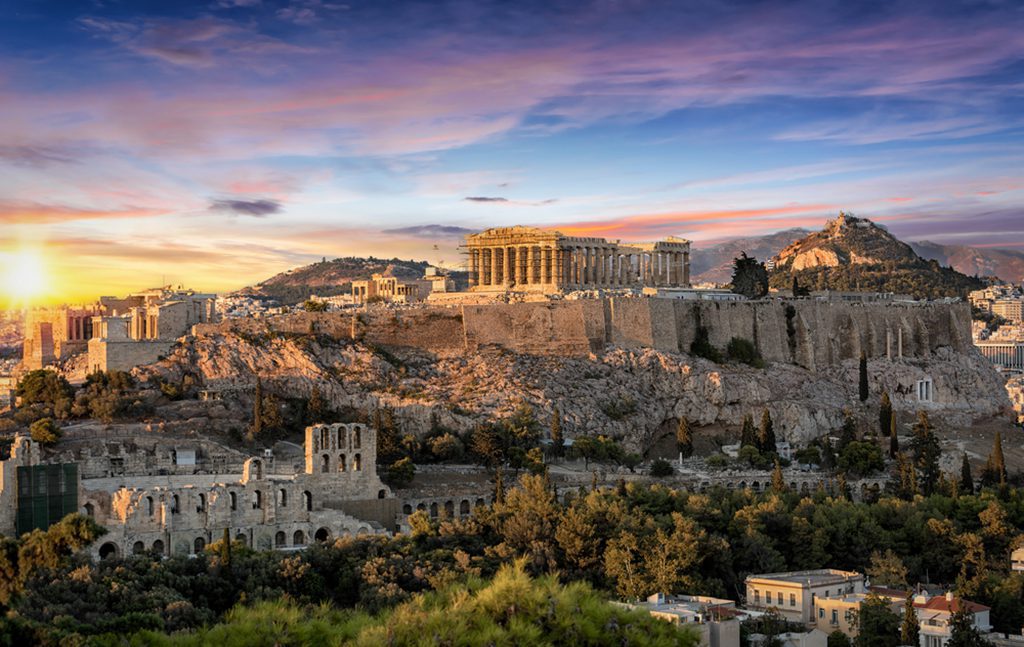
Athens, populated since the 5th century BC, is where democracy was first introduced to the globe. Given that it is the political and cultural center of Greece and ancient Europe.
The old town, especially around and around the Acropolis, is home to many of the city’s best-known attractions. The Parthenon atop the Acropolis, the Temple of Zeus, the Theatre of Dionysus (where Sophocles’ plays were presented), and Hadrian’s Arch (the city’s symbolic entry), are all on the list.
17. Bay of Kotor
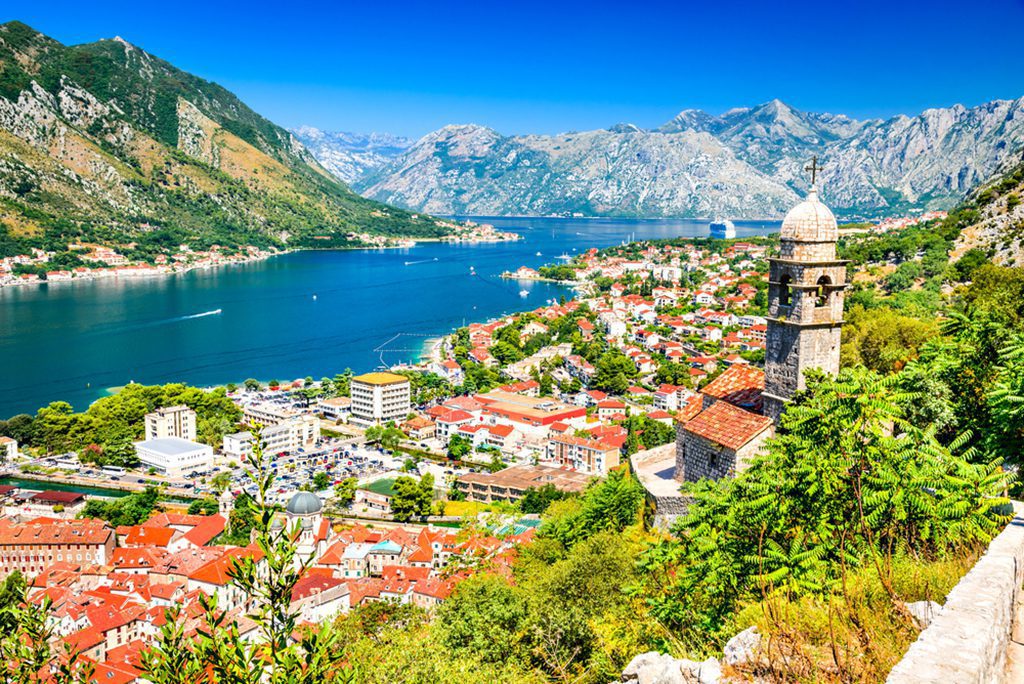
Kotor Bay, in southwest Montenegro, is a visual feast for those in search of stunning beauty. Located on the coast of the Adriatic Sea, this bay is picture-perfect thanks to its mountainous backdrop and cluster of quaint villages perched on the cliffs that overlook the sea below.
The bay is surrounded by many medieval towns that have been meticulously preserved. Many visitors come to the area on religious pilgrimages to worship at one of the 200 Orthodox churches or 100 Christian chapels dotted across the villages.
16. Moscow
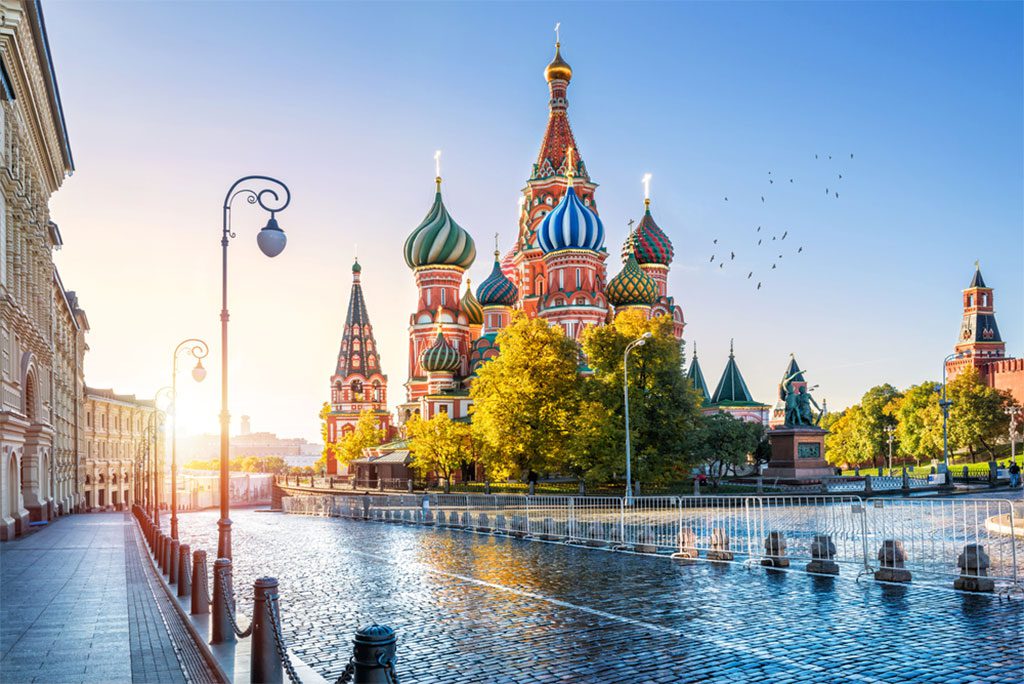
Moscow, Russia’s capital city, is located in the geographic center of the country and all of Russia and Eastern Europe. This means there is a lot for tourists to see and do in this old city. As many of the city’s most famous landmarks cluster around it, we’ll begin with Red Square, a 15th-century gathering place.
The Kremlin is an impressive site. It is a historic fortress that now houses museums and the office of the Russian president. The distinctive onion-domed St. Basil’s Cathedral, now a museum, stands on one side of the square, while Lenin’s Tomb occupies the center.
15. Venice
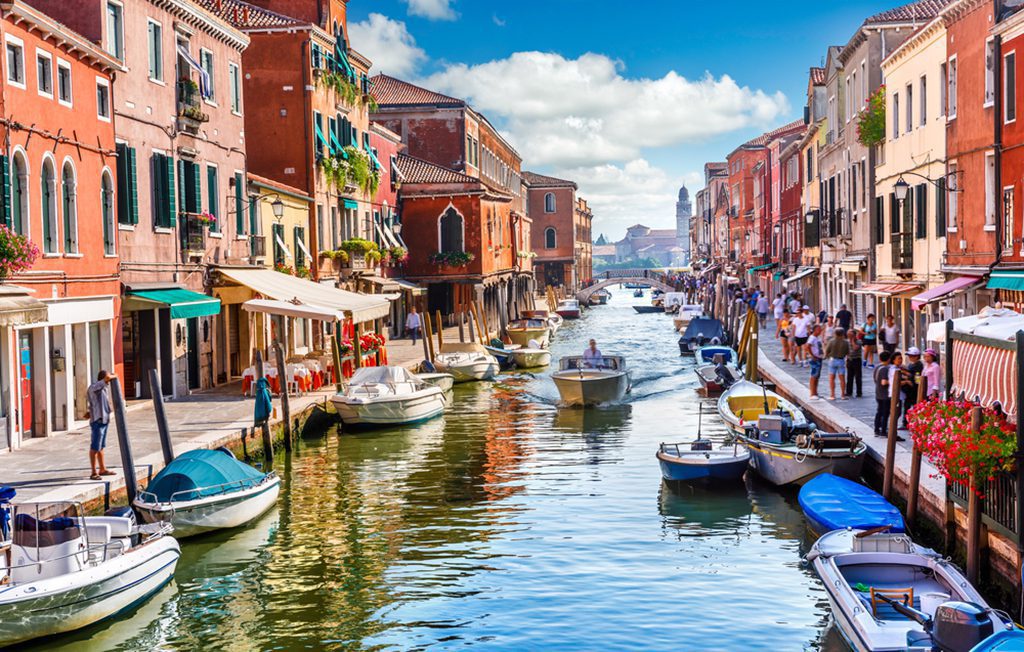
Gliding along the Grand Canal to the soothing sounds of an Italian gondolier serenading his passenger is a quintessential romantic experience unique to Venice. Remember, it was from this same city that Marco Polo set off on his expedition to China.
San Marco Square is the best place to begin your tour of Venice. From the tower of St. Mark’s Basilica, the city’s largest church, you can take in breathtaking views of Venice and the neighboring canal. This is also the location of the Doge’s Palace, the Venetian government’s official residence. The bridges (Rialto and Sighs) that span the canals in Venice are also well-known landmarks.
14. Monte Carlo

Monte Carlo, the capital of the small principality of Monaco, is the place to go if you’re interested in flash and glamour. These characteristics, for which Monaco has long been famous, reached new heights when the prince of Monaco declared Grace Kelly his princess.
Monte Carlo is a city in Monaco on the Mediterranean coast, famous for its high-end casinos and fast-paced auto racing. Walk around the harbor and gawk at the megayachts and other watercraft owned by the city’s A-listers.
13. Alhambra
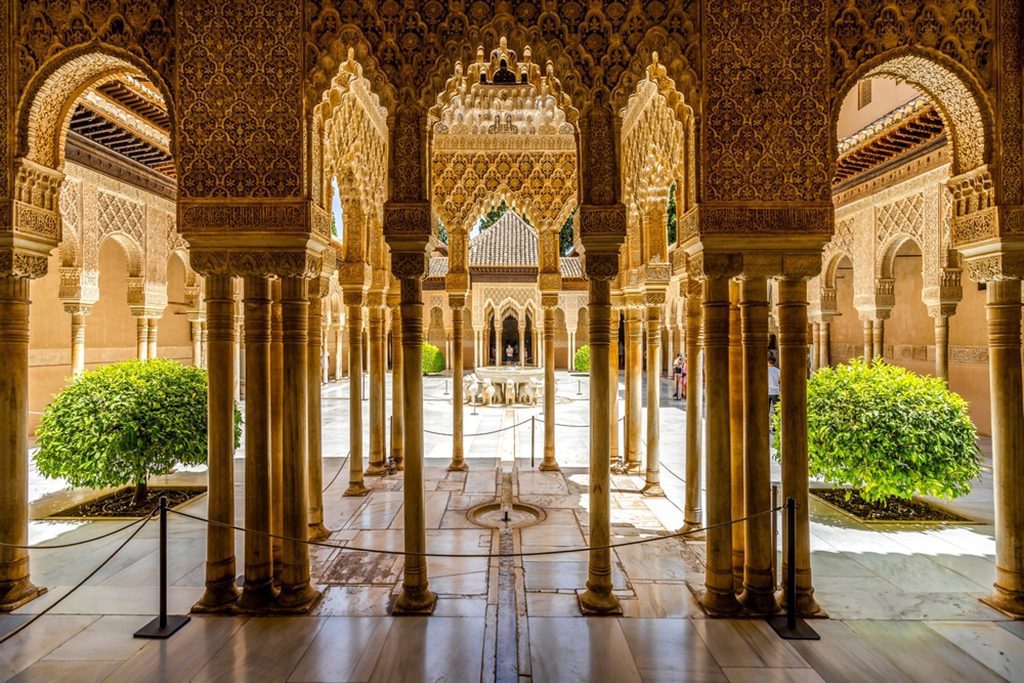
There are few things as impressive as Spain’s Alhambra. Located in the city of Granada in the Andalusia region of southern Spain, this palace-fortress complex is stunning. In the ninth century, this massive complex was really a small fortress, although it was constructed on the foundations of an earlier Roman fort.
Once a pagan stronghold, it became under the control of Christian monarchs, who gave Columbus permission to set sail for the New World. It is quite beautiful to see how different architectural trends have been combined throughout time. Exquisite artwork and magnificent landscaping can be seen everywhere.
12. Florence
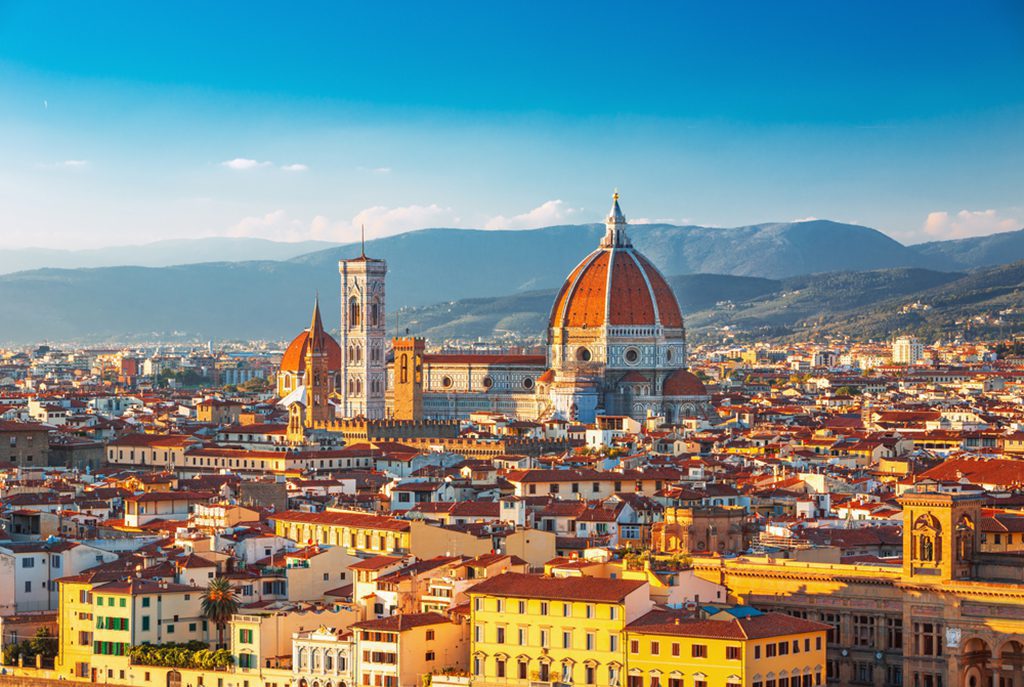
The Renaissance may not have occurred if not for Florence. Great painters like Michelangelo are often cited as the reason Florence was instrumental in lifting Europe out of the Middle Ages. Visit the Academia to view the actual David or Florence’s best and most famous art museum, the Uffizi, to see their masterpieces.
Take a break from your gelato and a walk over the Ponte Vecchio on the Arno River. Visit the Pitti Palace to gawk at the Medici’s extravagant wealth. The Duomo is a marvel of early engineering. A perfect example of Florence’s style.
11. London
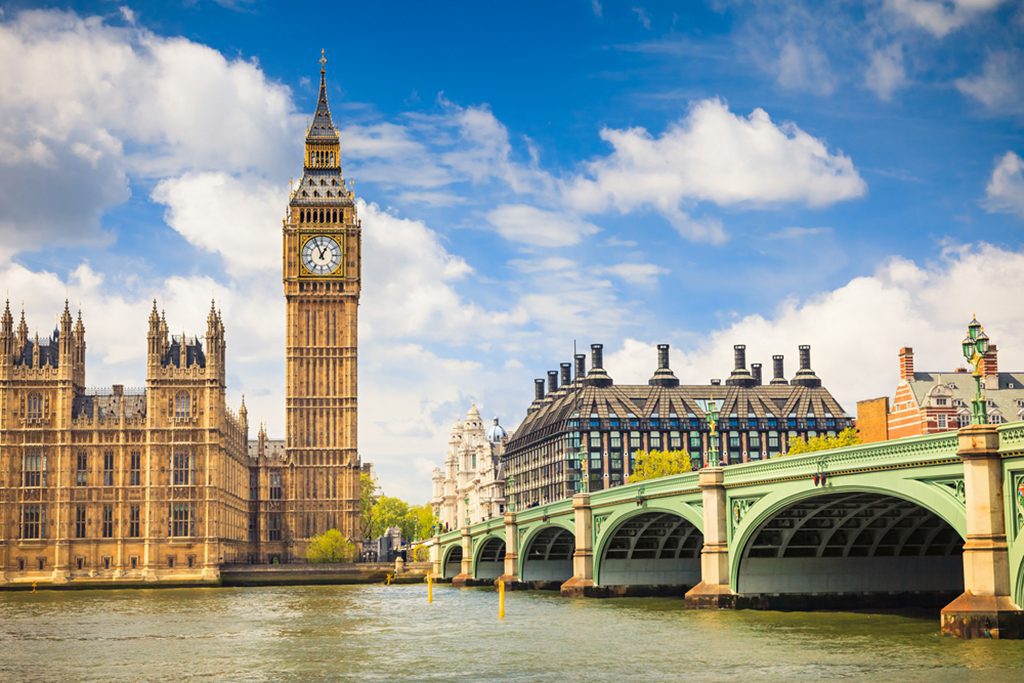
Those interested in the history of England will find London to be a veritable paradise. From Buckingham Palace to Hampton Court Palace, this city on the Thames is packed with impressive royal residences. The royal jewels are stored at the Tower of London, which is more of a prison than a palace.
And from Carnaby Street to Knightsbridge, you’ll find some of the best shopping in the world. The famed Tube is the best way to move about London, but you have to watch the gaps.
10. Neuschwanstein Castle
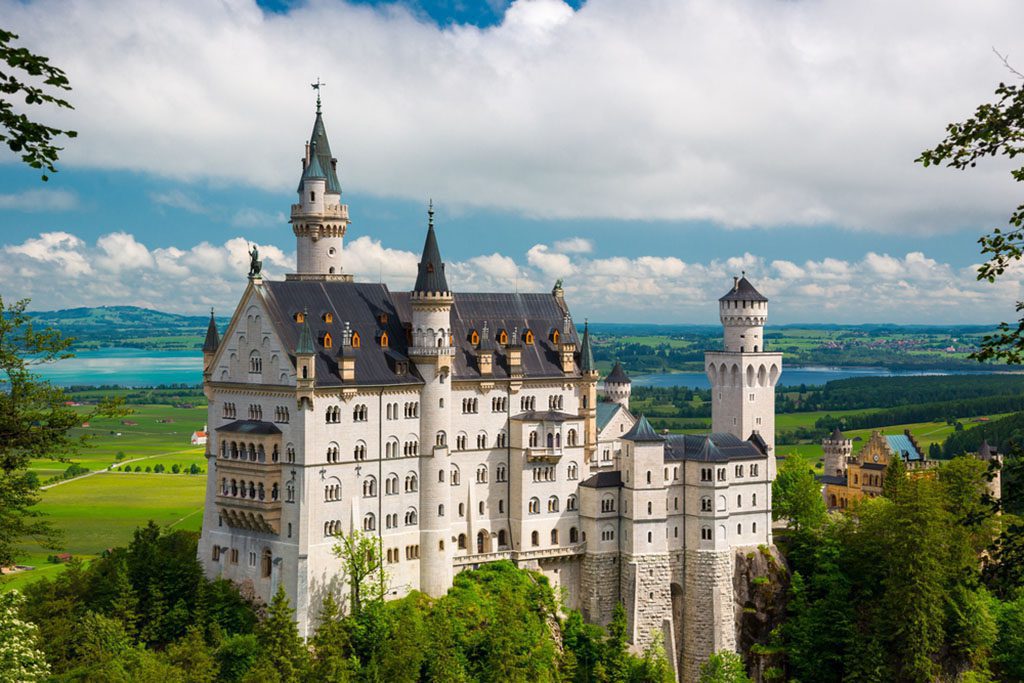
Neuschwanstein Castle in the Bavarian Alps is a real-life embodiment of the expression “fairy tale castle.” Some have speculated that Disney’s Sleeping Beauty’s castle, also a 19th-century Romanesque Revival structure, was inspired by Neuschwanstein because of its fairy-tale appearance.
The castle was commissioned by King Ludwig II of Bavaria, who wanted somewhere to go that would remind him of the Middle Ages. The white limestone that can be seen from afar was used to cover the brick foundation of the castle.
9. Amsterdam
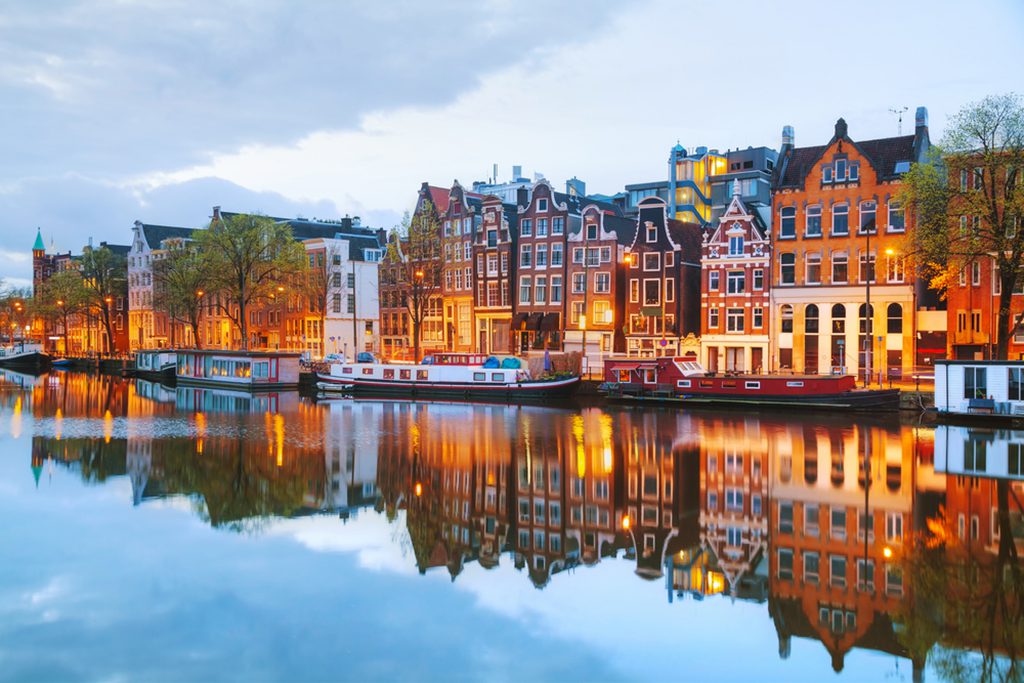
Amsterdam is a lovely city distinguished by winding canals and narrow, high-rise houses. Anne Frank’s diary was written in this city, so a trip to her actual home is a must.
The Rijksmuseum, which houses some of the best European classics, as well as the home of Rembrandt and the more contemporary Van Gogh museum, prove that the “Venice of the North” is also a city of great art. Stop at the Heineken Brewery for a tour and some local beer while you’re in Holland.
8. Prague

Despite its tragic past, Prague is now one of Europe’s top tourist destinations. Despite the destruction it suffered during WWII, Prague’s Old Town is beautiful and deserves more than a quick visit.
Enjoy the sights of Prague Castle, the Jewish Quarter, St. Vitus Cathedral, and Charles Bridge as you stroll through the city’s various pedestrian zones. When the sun goes down, the New Town Square of Wenceslas is alive with the sounds of music and laughter.
7. Istanbul

Istanbul is on the farthest edge of Europe, yet if you ever go there, you won’t regret it. The largest city in Turkey is a fascinating site to visit because of its long history, vibrant marketplaces, and impressive mosques.
The Bosporus, which connects Europe and Asia, the ecumenical Hagia Sophia, formerly a Greek Orthodox Christian Basilica and now a museum, and Topkapi Palace, a palace built in the 15th century and now a museum, are all must-sees. Go window shopping at the Grand Bazaar, which has been open to the public since 1461.
6. Geirangerfjord
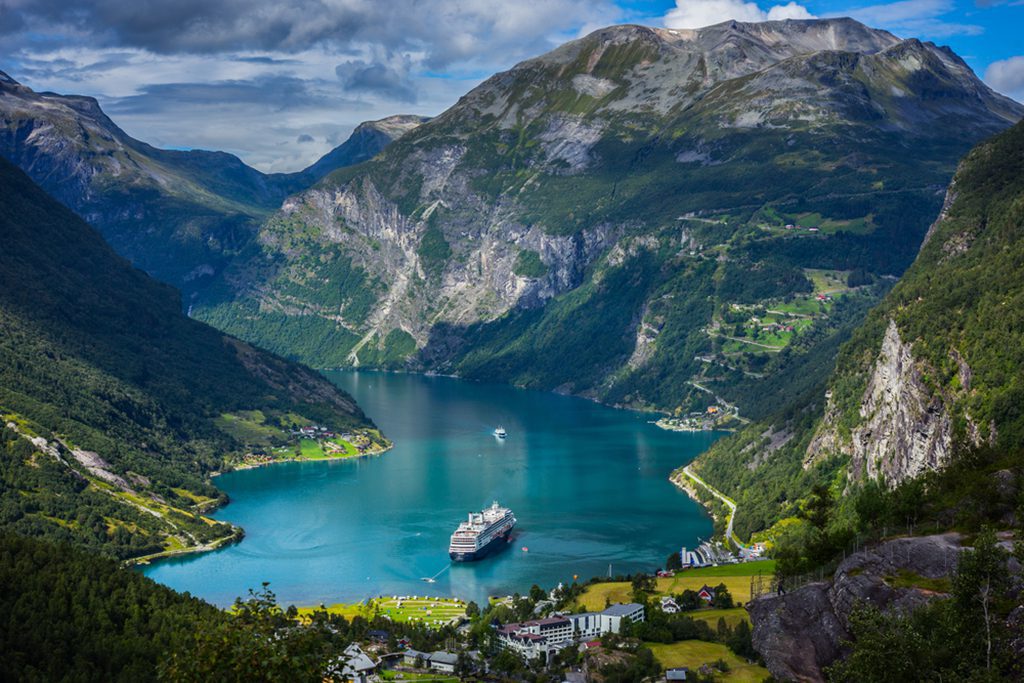
Will the heat of the European summer have you down? Take a trip to Norway and enjoy the beautiful countryside. Geirangerfjord is a fjord that is 9 miles (15.2 kilometers) in length and has blue waters that are fed by beautiful waterfalls. Taking a car ferry across the fjord and visiting all the small villages along the way is a great way to experience the area.
You should keep an eye out for the Seven Sisters and the Suitor waterfalls, which got their names due to the myth that a man named Suitor was attempting to woo the sisters. Also, check out Bridal Veil, which, in the correct light, makes the rocks seem to be draped in a delicate veil.
5. Barcelona
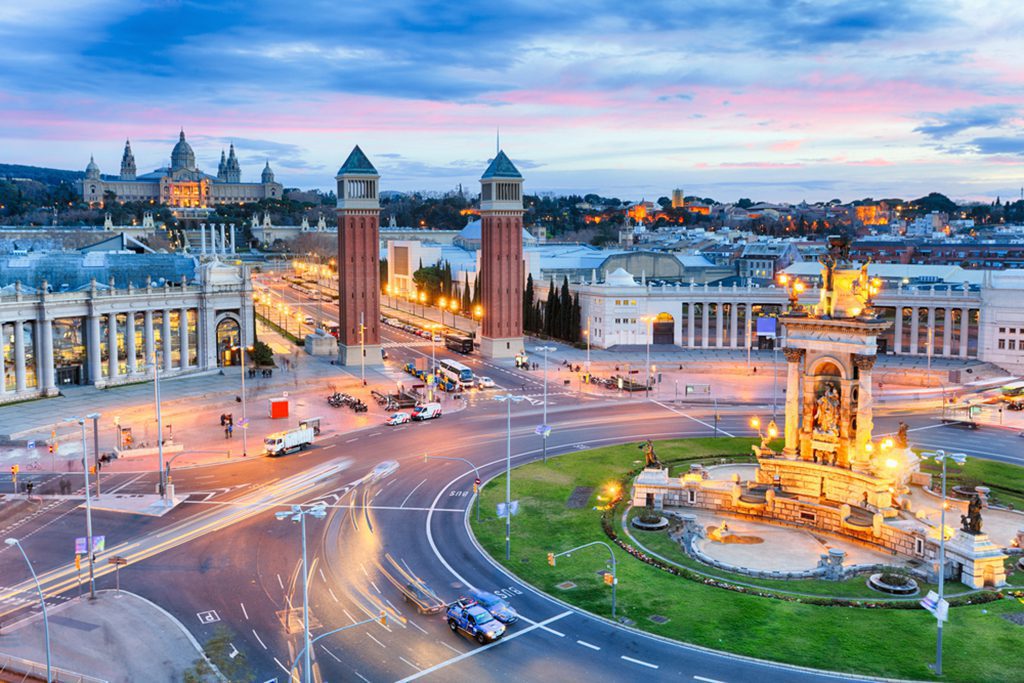
Barcelona was founded by the Romans and is now a thriving metropolis on the Mediterranean coast. As the capital of Catalonia, it is the regional center of power. Some of the most distinctive landmarks in the city were created by Antoni Gaudi. La Sagrada Familia, a church that has been under construction since 1892, is one of these famous buildings.
You could plan your whole trip around seeing his buildings, but then you wouldn’t get to see other parts of Barcelona, like La Rambla, the main pedestrian street.
4. Dubrovnik
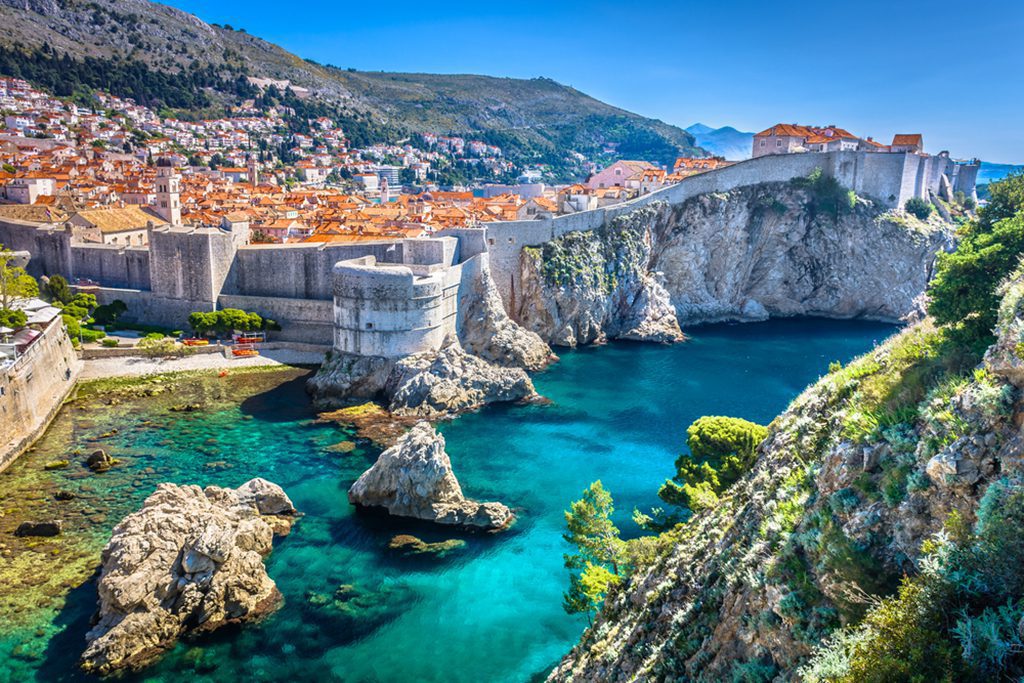
Don’t be put off by Dubrovnik’s relatively small size in comparison to other European cities. With a population of just 43,000, this gem is one of the Mediterranean region’s most popular destinations.
When tourists visit Dubrovnik, they are taken back in time to when the city was a significant maritime power with the third-largest fleet in the Mediterranean because of its fortifications. You might come across statues honoring St. Viaho, the city’s patron saint, whose feast day is held in February.
3. Santorini
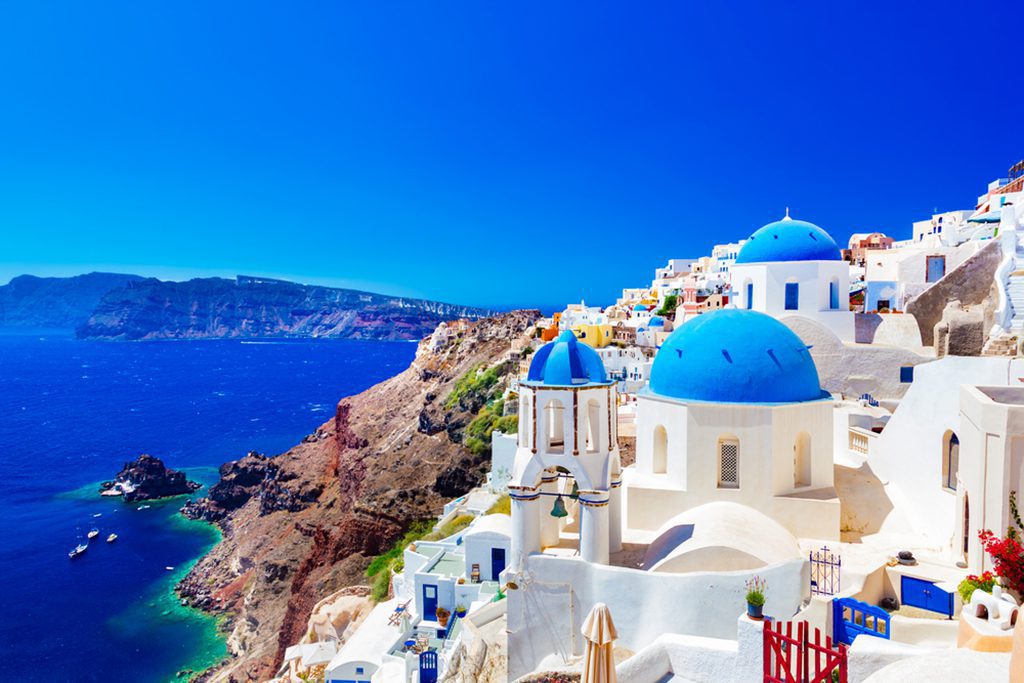
Santorini, an island in the Aegean, is a great place to relax and take it easy. When you get there, you’ll understand why this place is featured in the best travel magazines.
The island is home to picturesque villages, an active volcano, and beautiful sunsets. Fira is a cliffside village that you must see. You should try the local wines, especially the Vincanto dessert wine, and the fruit and vegetables that benefit from the volcanic ash soil.
2. Paris
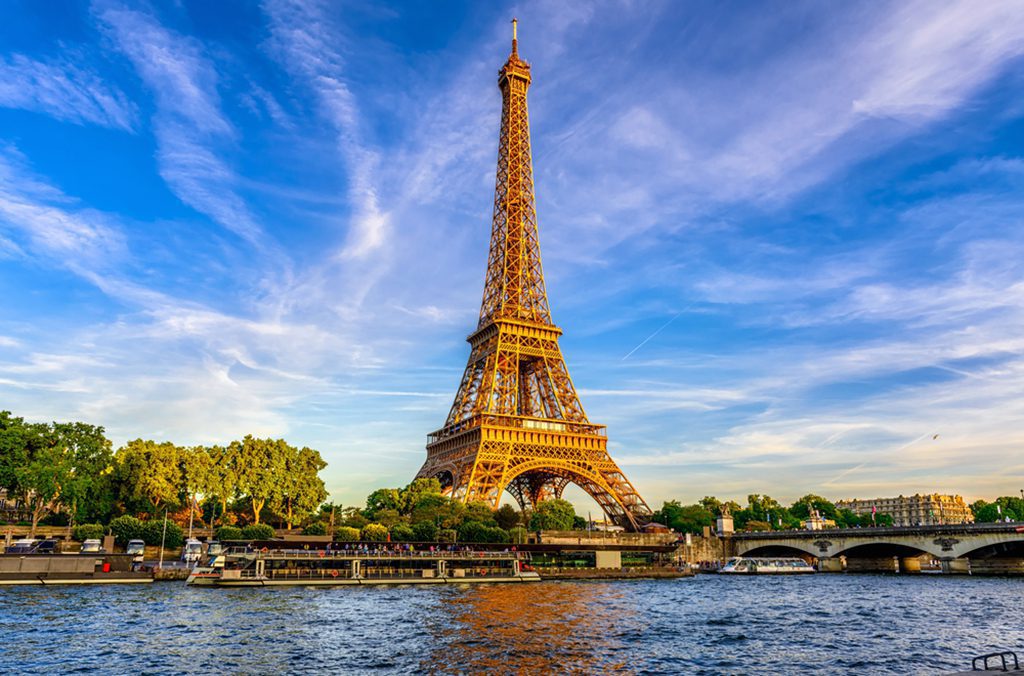
Though the city is often thought to be at its best in the spring, Paris is fascinating year-round. History, culture, delicious cuisine, and cutting-edge fashion can all be found in plenty in this metropolis.
A visit to Paris would be incomplete without seeing the Eiffel Tower. The Louvre is home to a world-class art collection. Great churches like Sacred Heart and Notre Dame can be found there. The Palace of Versailles is synonymous with luxury because of its stunning Hall of Mirrors.
1. Rome

The Roman Empire formerly had colonies as far north as Britain. Yet, when it came to building impressive structures, they didn’t forget their own city. The Colosseum is an iconic building that formerly hosted up to 80,000 spectators for gladiator fights.
The Vatican City, a miniature country inside the city, is a major tourist attraction because of the stunning St. Peter’s Basilica, which has works by Michelangelo. You may try to catch one of the Pope’s Wednesday audiences in the hopes of seeing him.


